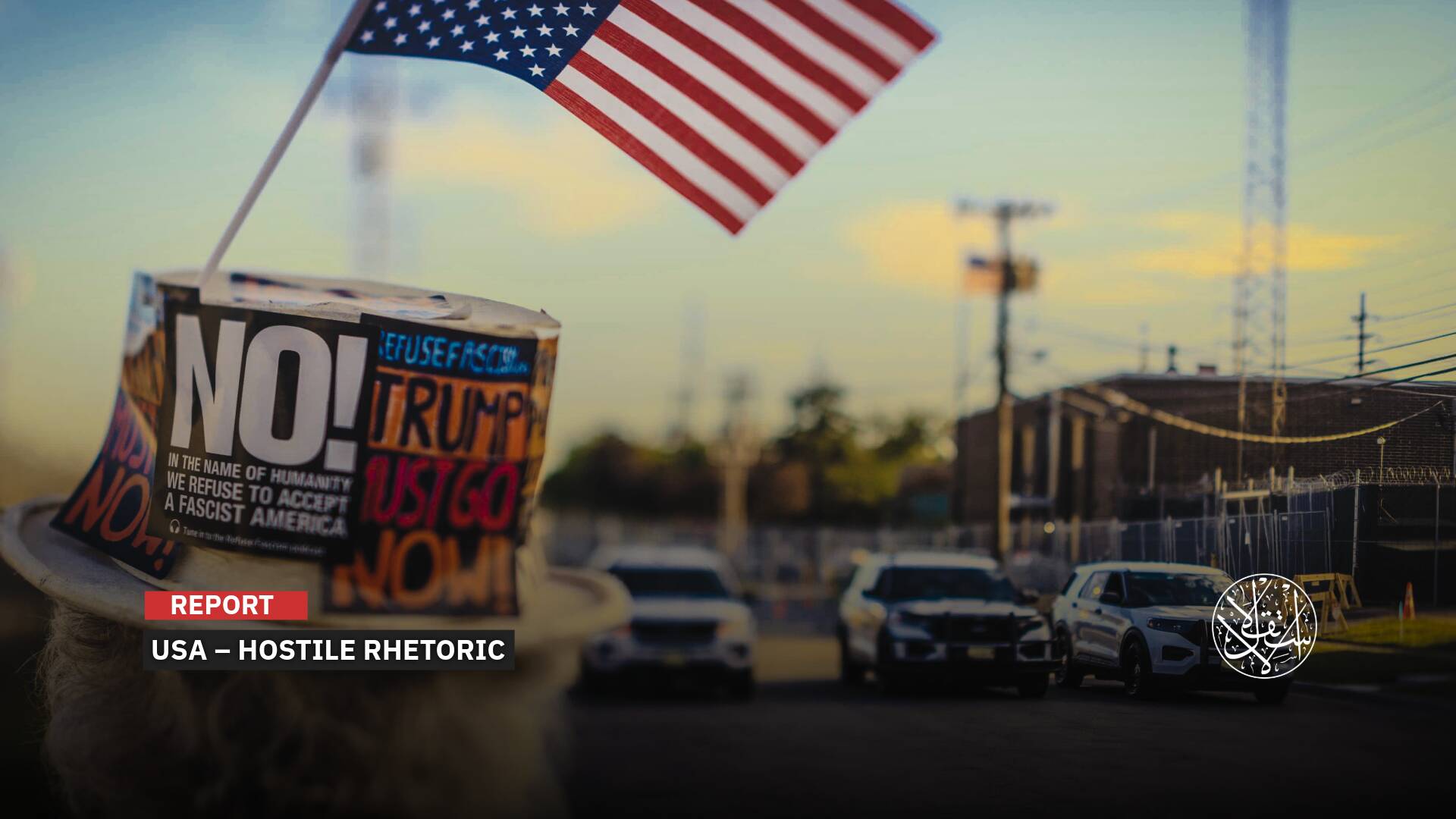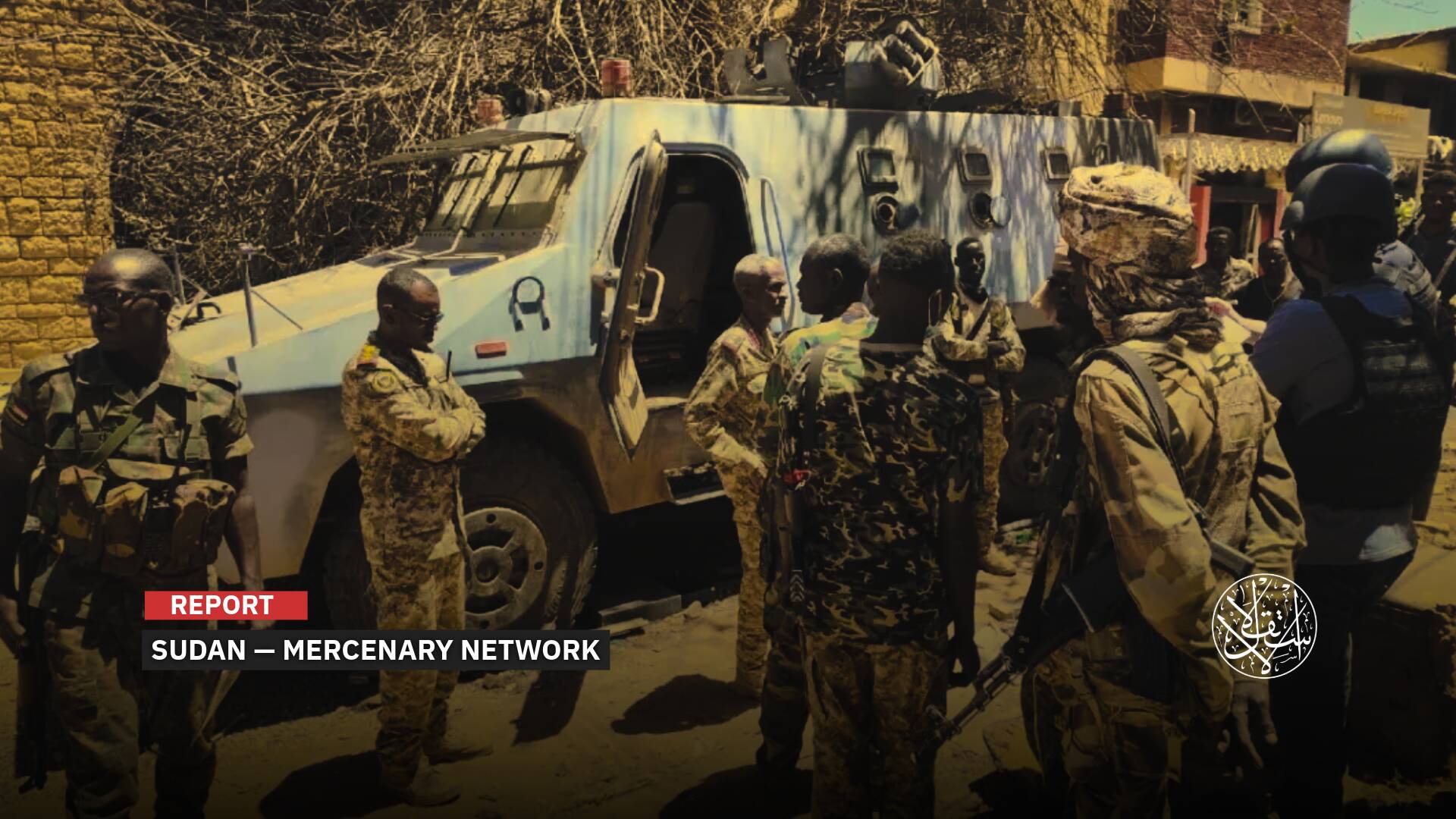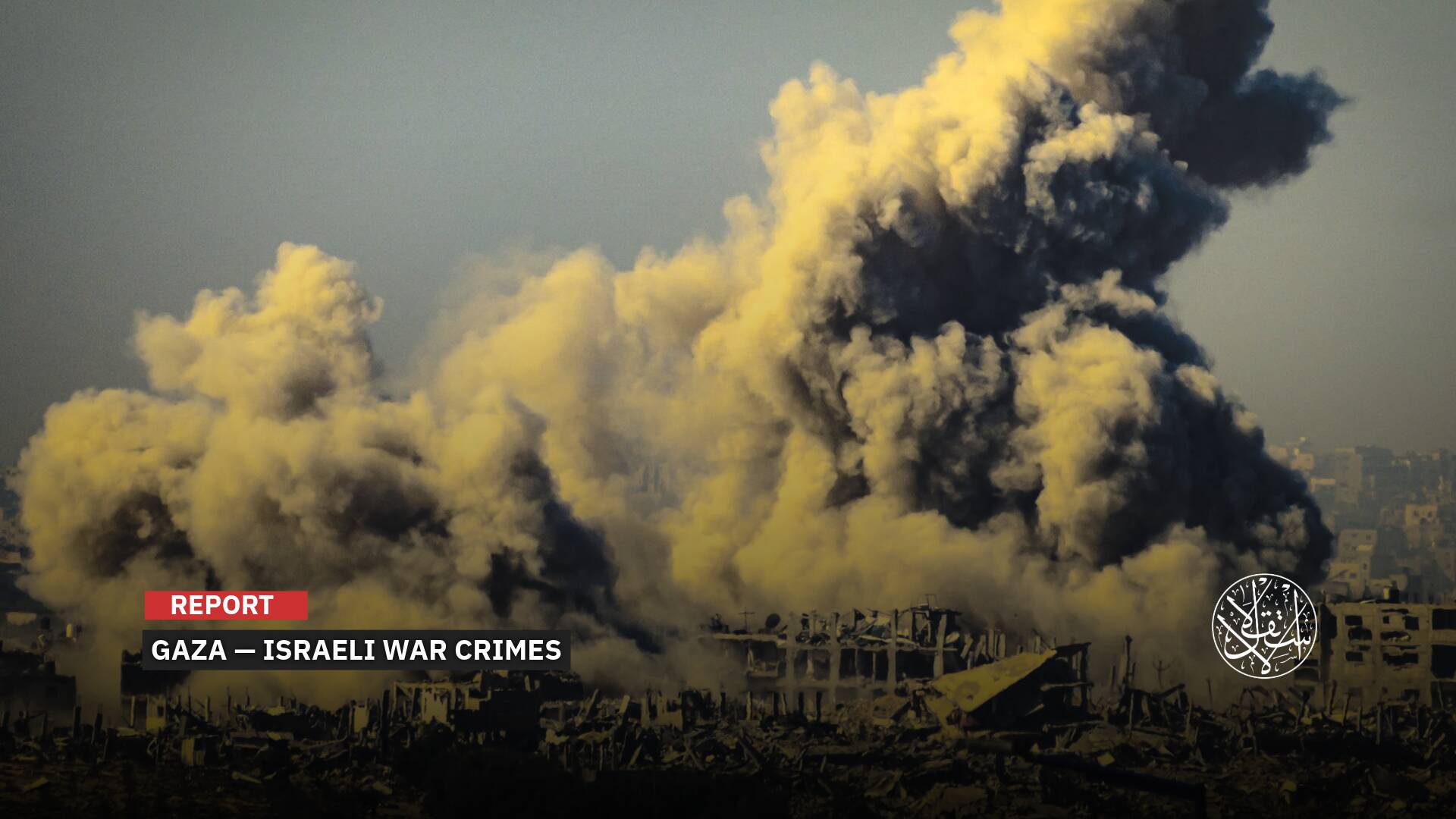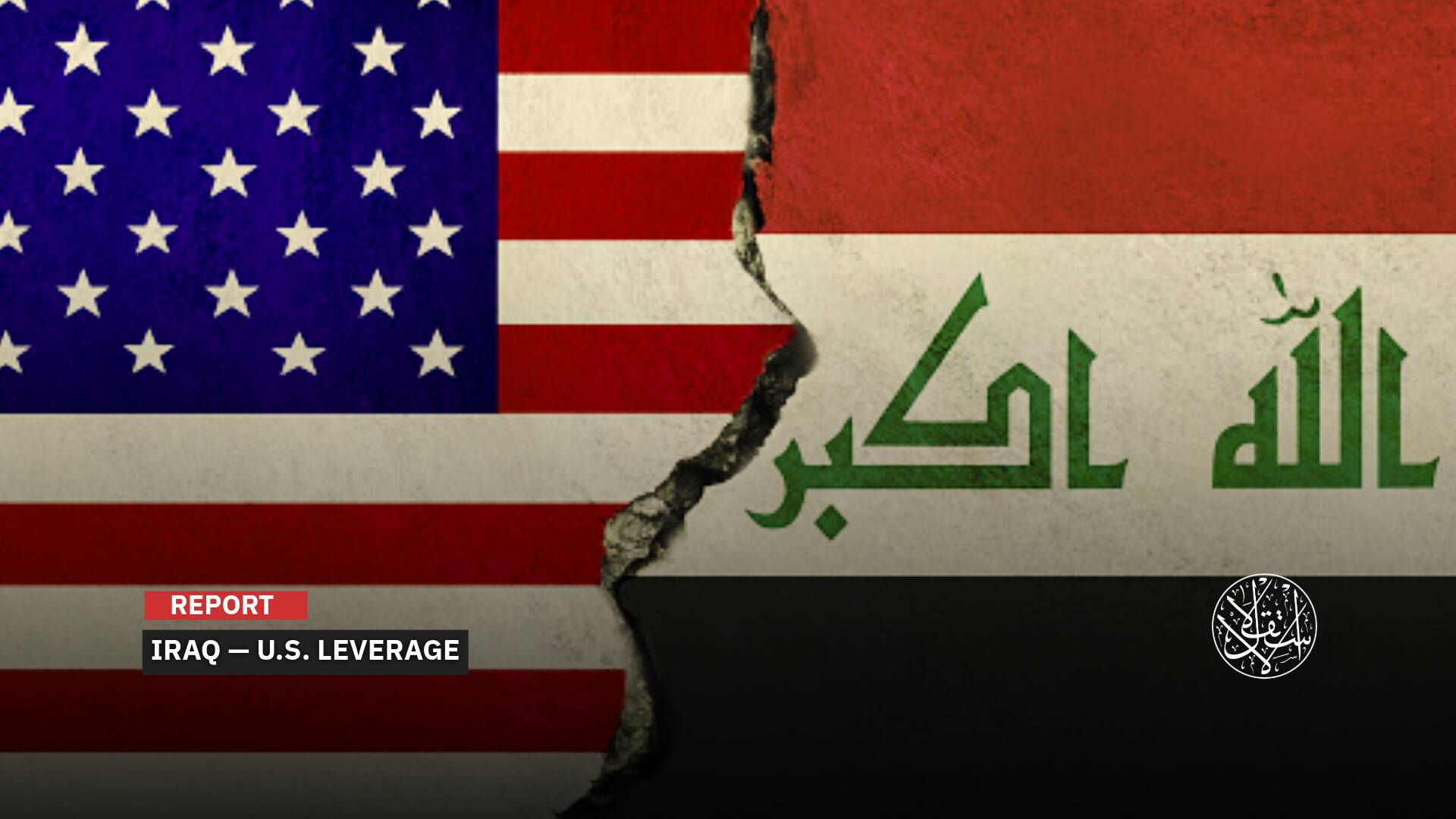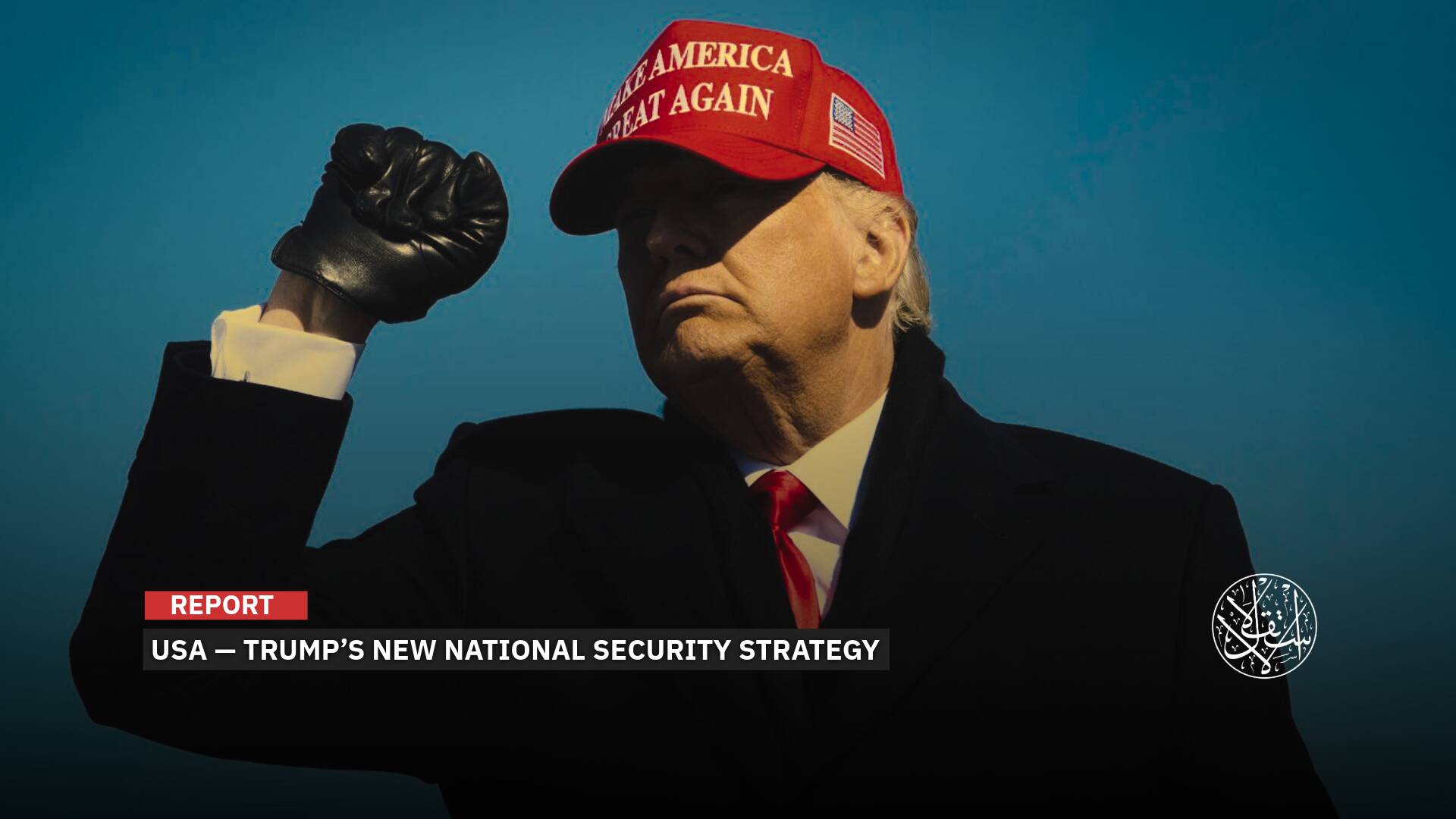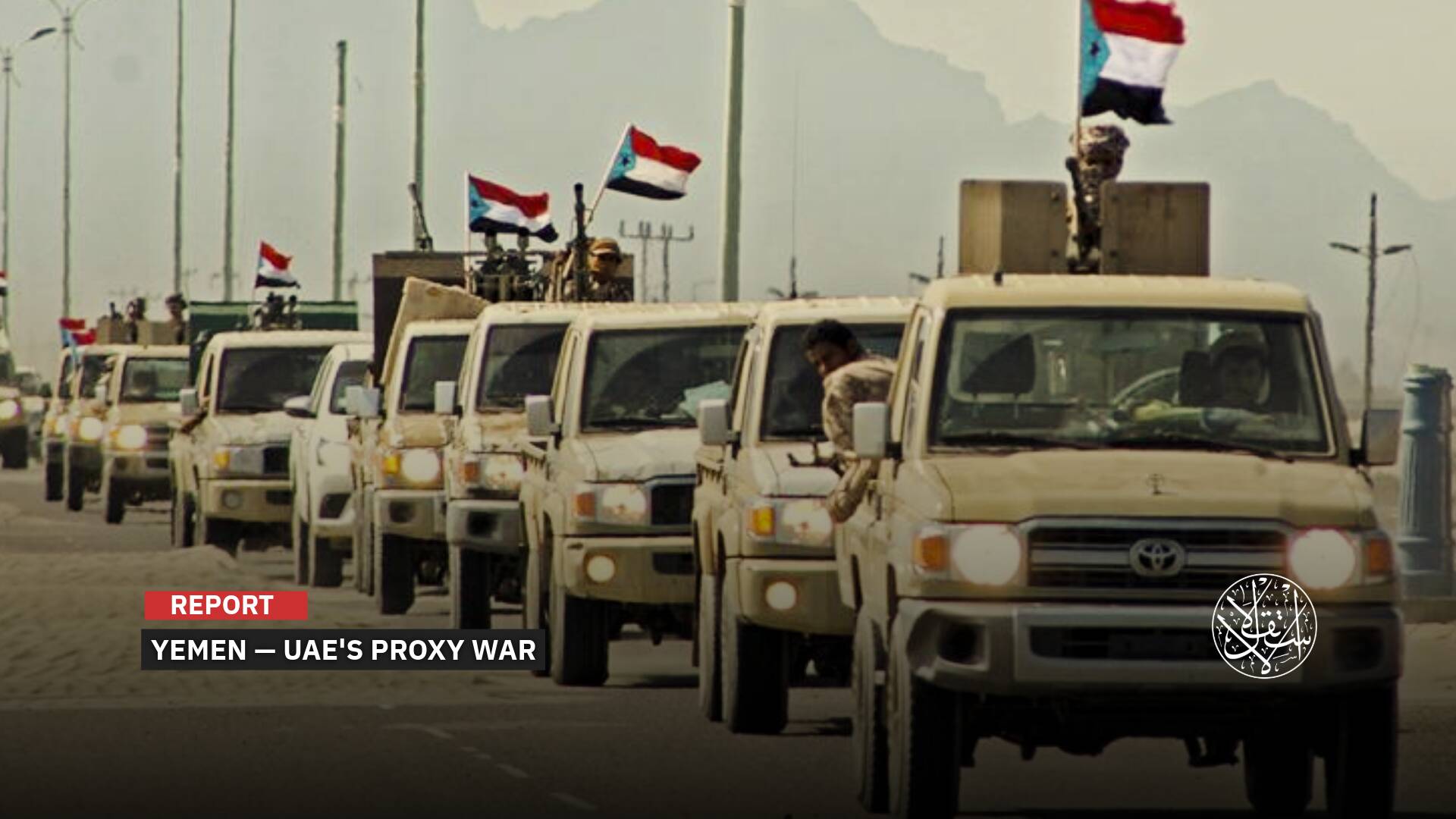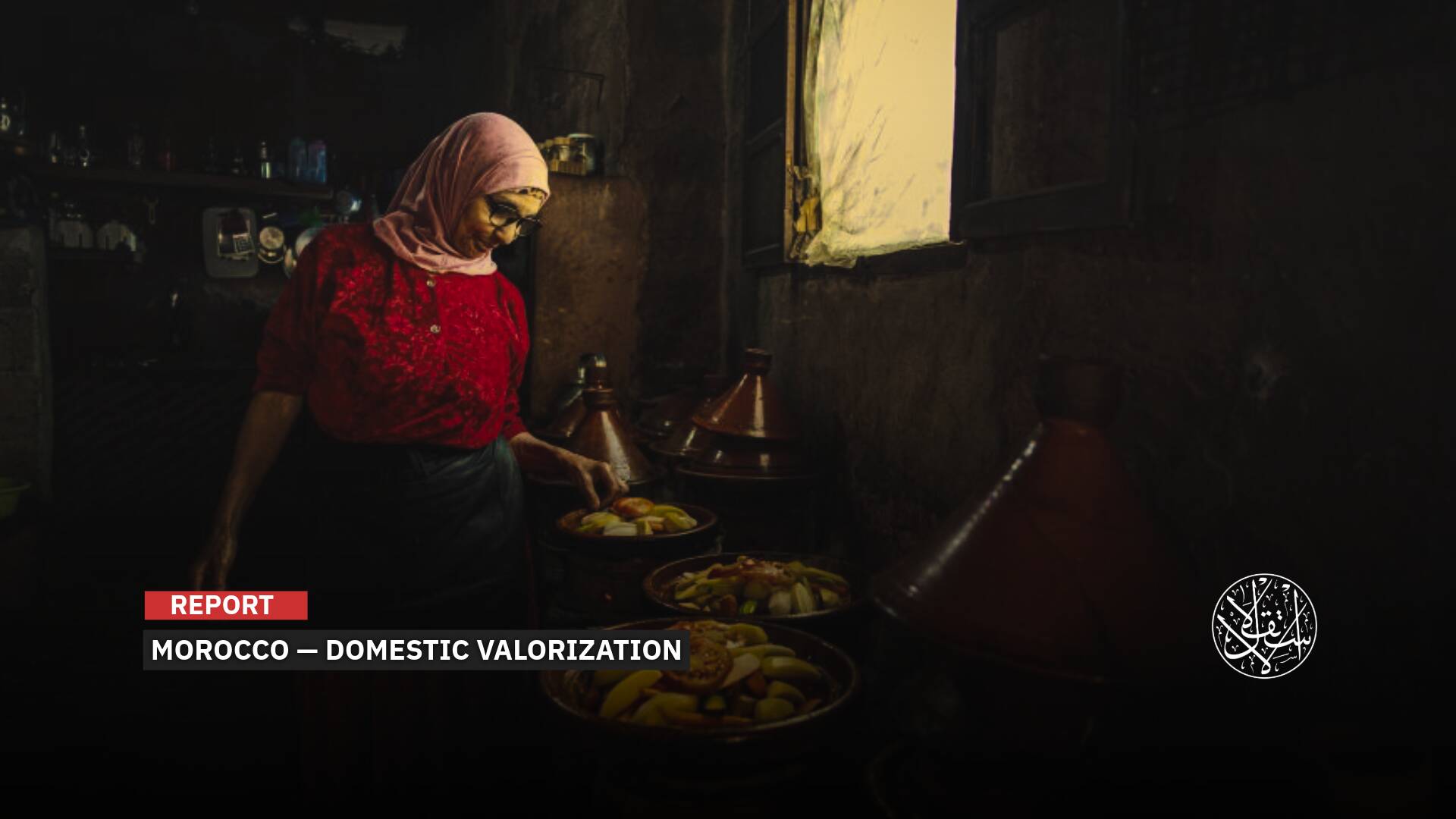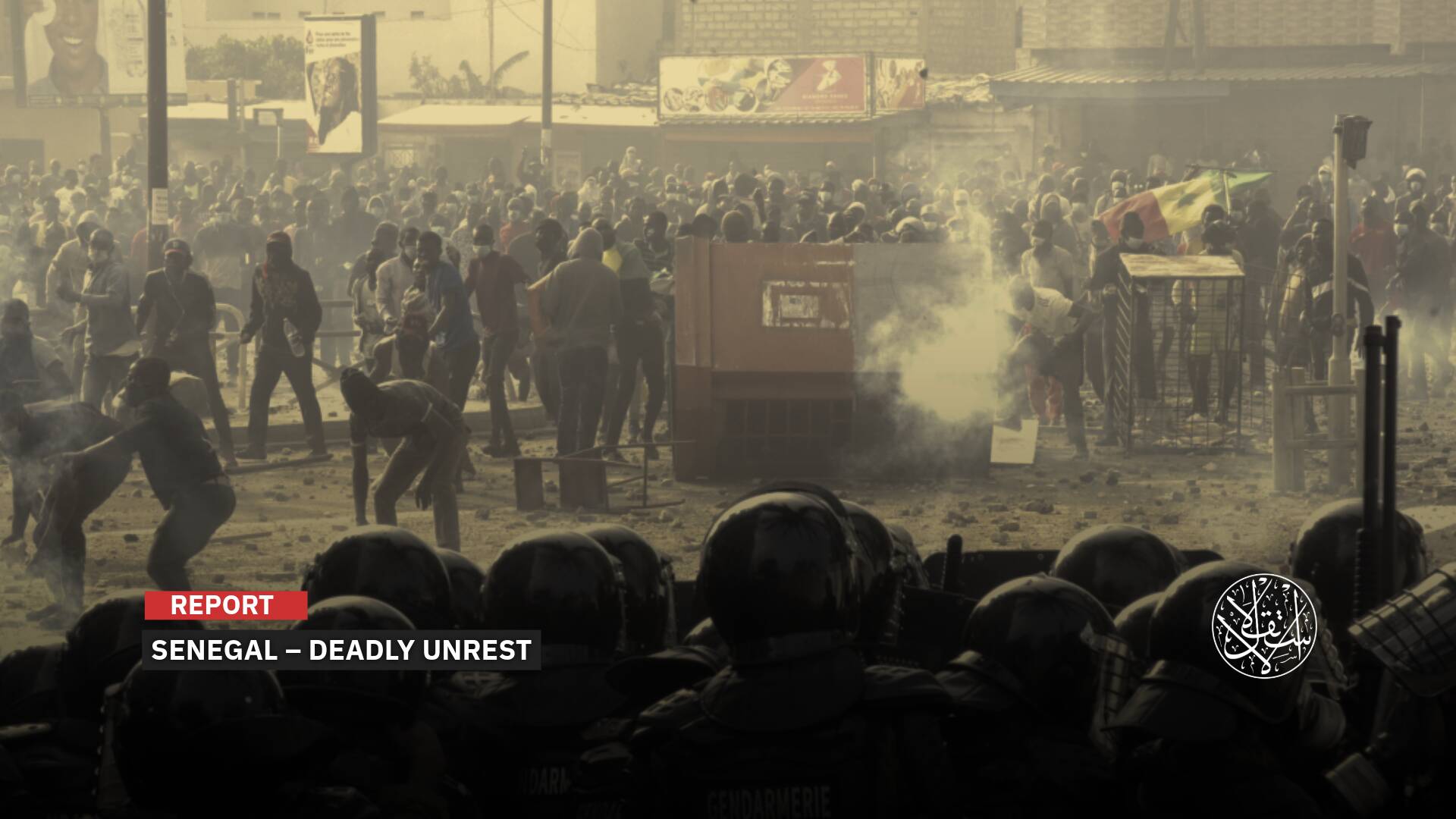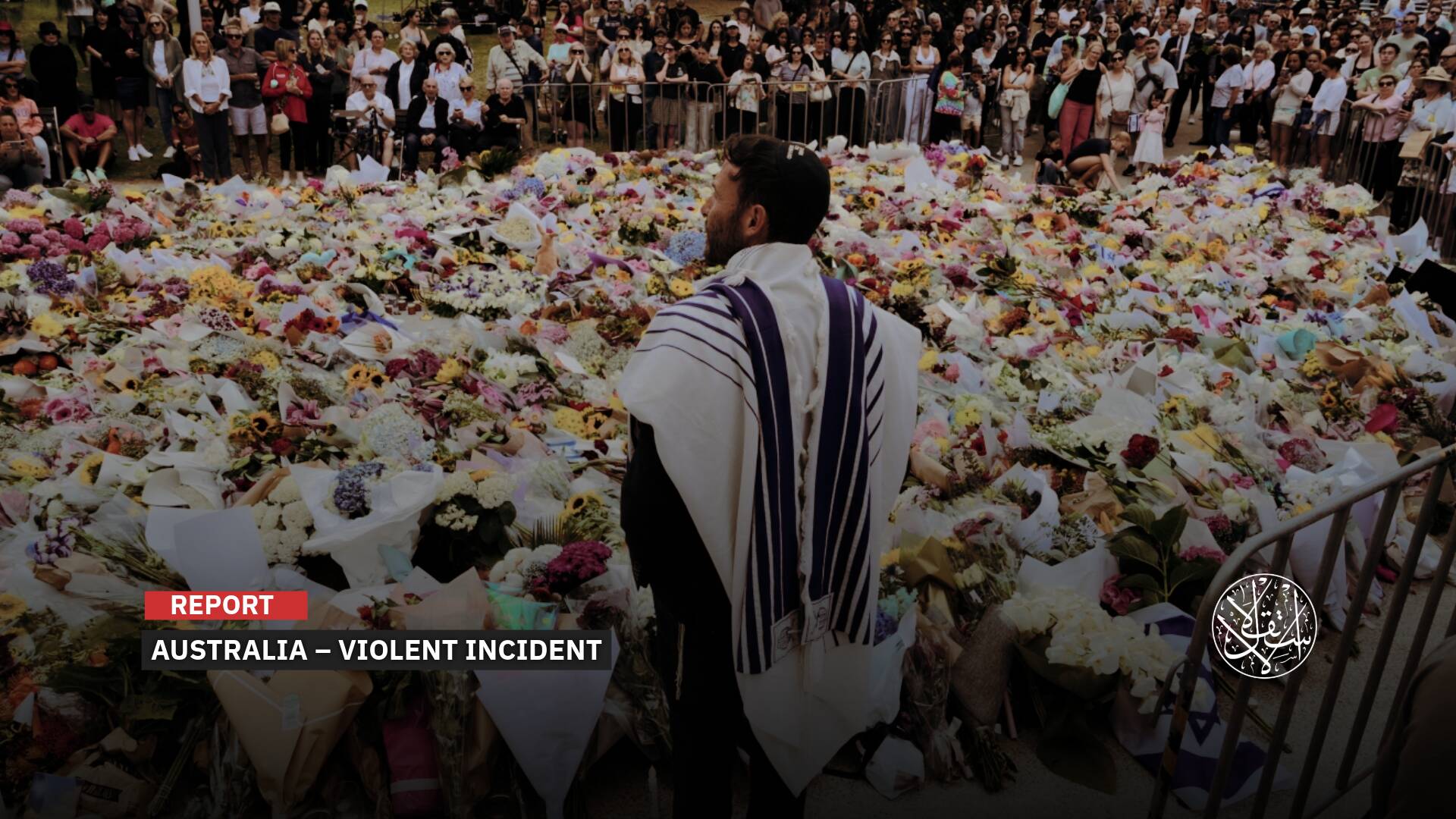Disbanding Units, Reshuffling Ranks: Why Is Hezbollah Restructuring Its Forces in Lebanon?
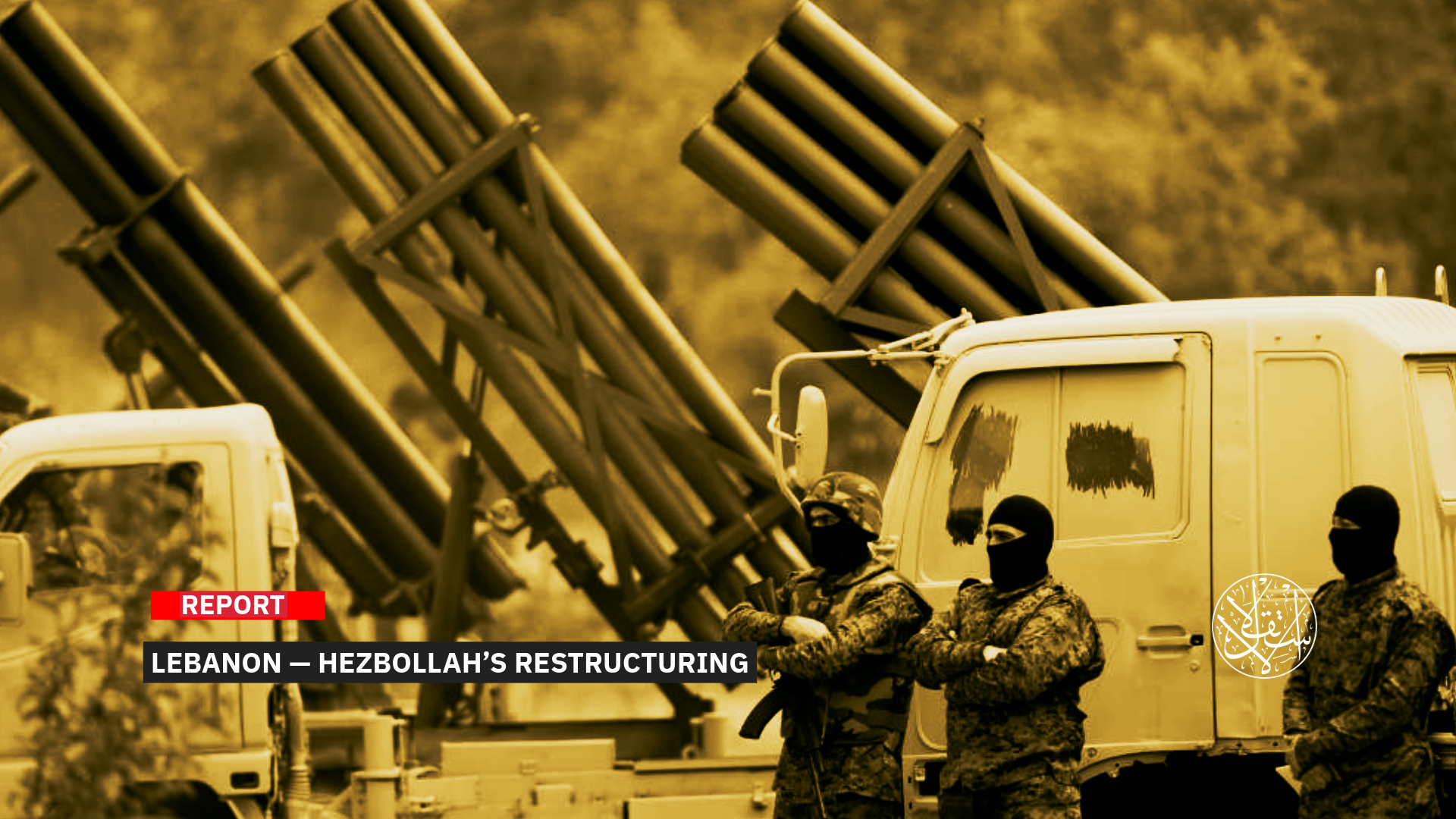
Hezbollah's move includes merging educational, health, and social care institutions.
Hezbollah is well aware of the internal and external pressure it faces to hand over its weapons to the state, a reality that is driving the group to initiate a restructuring of its forces.
On June 19, U.S. envoy to Syria Thomas Barrack presented a proposal to Beirut demanding Hezbollah’s disarmament. One month later, Lebanon replied with a document emphasizing reform and national sovereignty.
However, Lebanon avoided setting a clear timeline for disarming Hezbollah or committing to a framework for handing over heavy weapons or integrating its fighters into the Lebanese army, leaving the situation ambiguous.
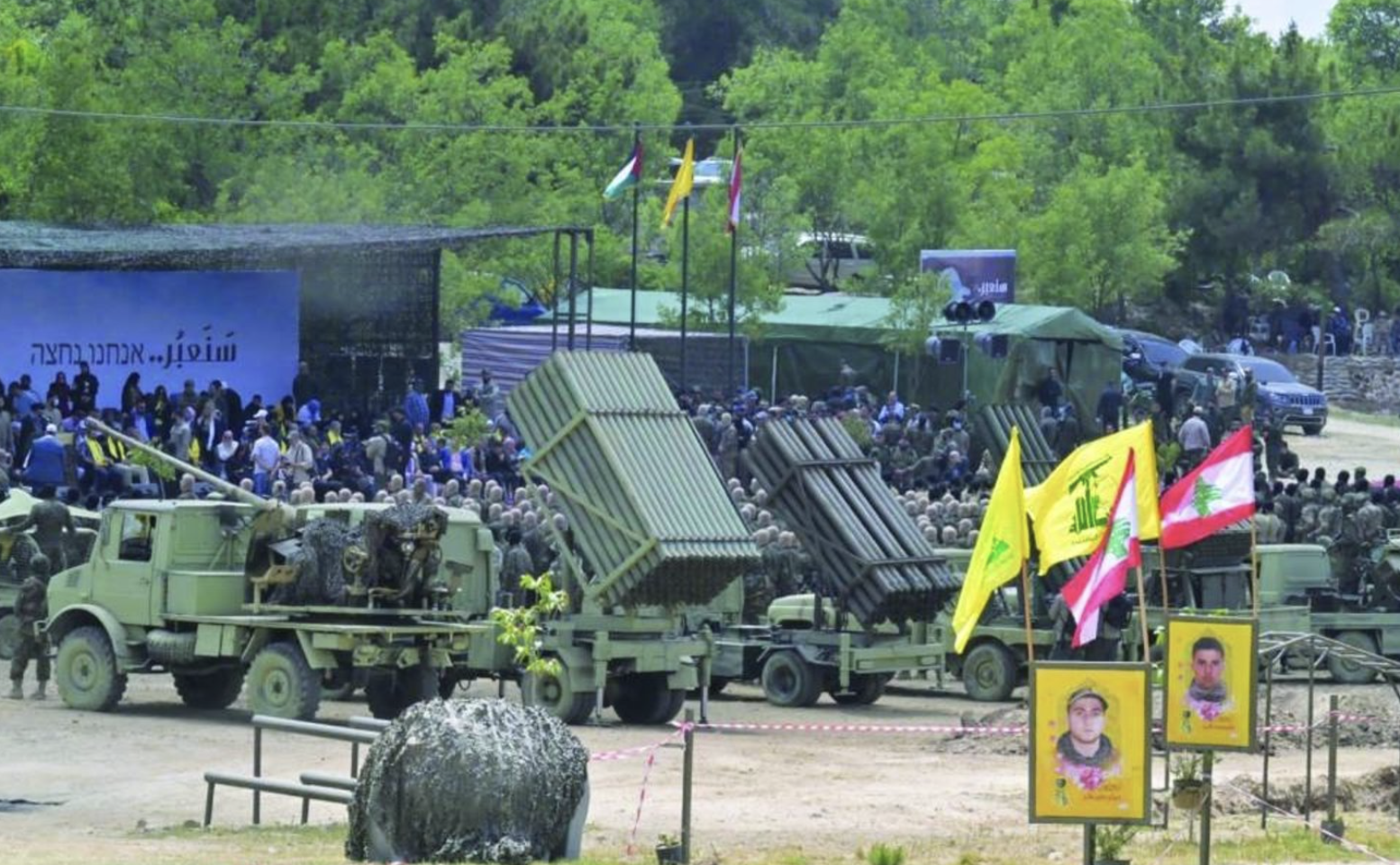
Hezbollah’s Restructuring
The Lebanese state is working to regain control over the security and political scene following the recent war between Hezbollah and the Israeli Occupation.
According to informed sources cited by the local outlet Janoubia, Hezbollah has started implementing a new organizational plan aimed at merging several of its jihadist and operational units, along with institutions that share similar functions, as part of an internal restructuring process.
Sources reported on July 9, 2025, that this move comes in response to current developments on the ground and financial challenges. The party is seeking to cut costs and streamline its structure to better match the current circumstances.
Hezbollah had already stopped hiring new staff years ago and reassigned some of its military members to civilian roles. After the recent Israeli war, others were told to stay home until the broader picture becomes clearer.
The planned restructuring includes merging units related to logistics, support, and civil construction, as well as financial and cultural departments.
It also involves dissolving the Liaison and Coordination Unit headed by Wafiq Safa, who is expected to take on a new role related to political and security affairs. Security committees under this unit will be reassigned to different regional divisions. Some geographical military units will be merged, while others—particularly those with a security role—will be disbanded.
The plan also includes merging educational, healthcare, and social care institutions, and unifying the “Jihad al-Bina” organization, which handles agriculture and construction. This entity is connected to companies such as “Maamar,” “Arch,” and “Waad,” and the changes will also affect how these institutions are managed.
This restructuring follows internal evaluations that found these service institutions performed poorly—or not at all—during the war.
Hezbollah's strength, including its manpower, has been significantly weakened after “Israel” assassinated many of its top, second-, and third-tier commanders in the recent war.
These factors have encouraged the Lebanese government to push for ending Hezbollah’s military role while allowing it to remain politically active.
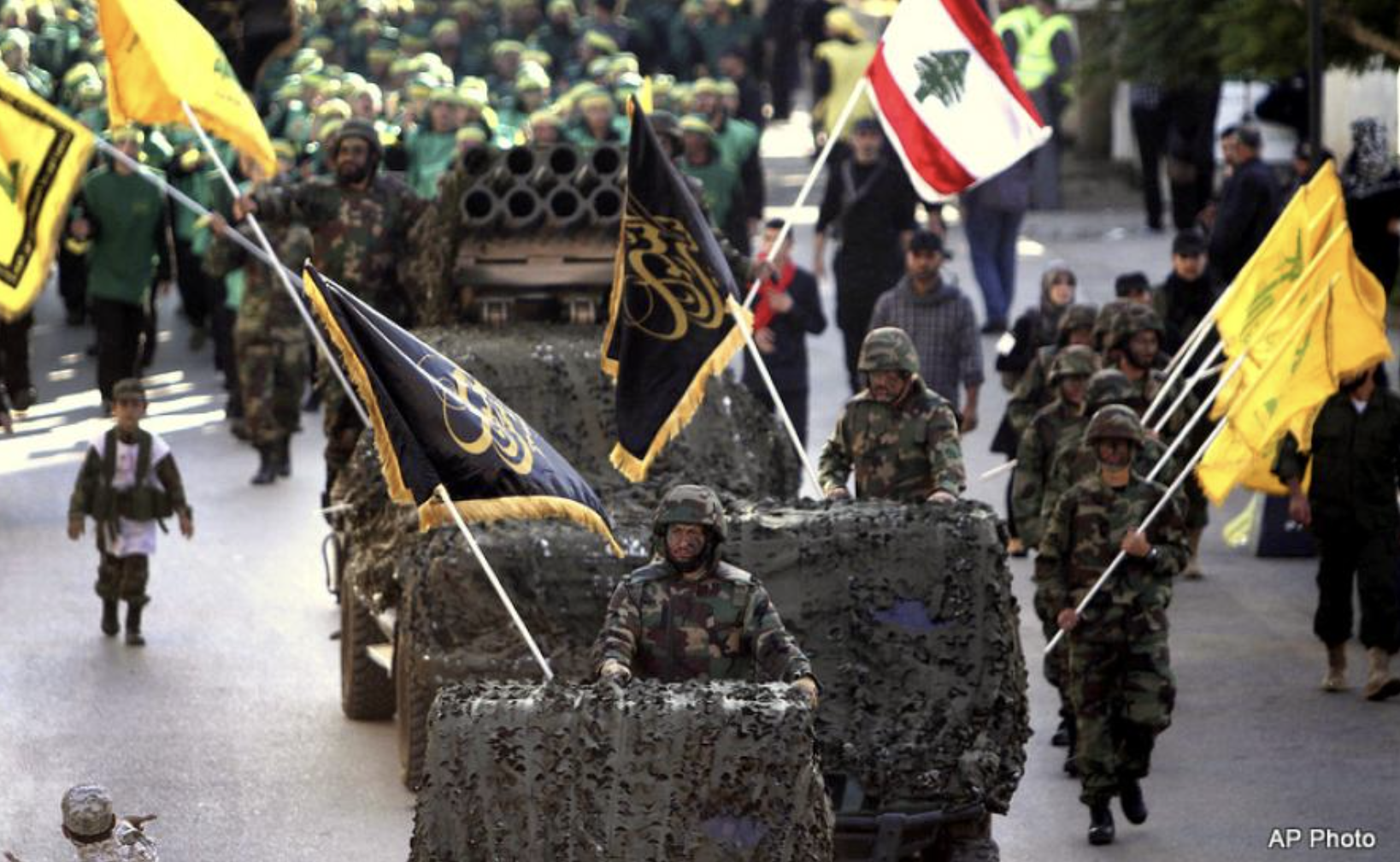
Closing Security Gaps
These rapid organizational steps come as political circles quietly discuss Hezbollah’s potential openness to a gradual settlement tied to a U.S. proposal. The initiative suggests that Hezbollah would transition into a purely political entity over a set timeframe, in exchange for American security and economic guarantees.
During his visit to Beirut and meeting with President Joseph Aoun, U.S. envoy Thomas Barrack stated that the United States does not intend to apply direct pressure on Hezbollah but rather wants to “support” the Lebanese people if they choose change.
On July 10, 2025, Aoun affirmed that the decision to place all weapons under state control “has been made and is final,” adding that the authority to declare war or peace lies solely with the Cabinet. He also said that normalization with “Israel” is not on the table at the moment.
Speaking to a delegation from the Arab and International Relations Council in Beirut, Aoun stressed that cooperation between Lebanese factions and the state is essential for protecting the country and guarding against potential conspiracies. He added that changing regional conditions make it easier to find suitable solutions to sensitive national issues, including the weapons question.
In response to the U.S. proposal, Hezbollah Deputy Secretary-General Naim Qassem said in a televised speech in early July 2025 that disarmament is linked to “the end of the Israeli Occupation of Lebanon.”
Hezbollah remains a major political force in Lebanon and is the only group that officially kept its weapons after the Lebanese civil war ended in 1990, during a time when southern Lebanon was still under Israeli occupation.
The current restructuring within Hezbollah signals a possible internal shift toward greater political flexibility. Though not officially admitting a change in its resistance-based identity, the move may open the door to testing Hezbollah's intentions in the coming weeks.
“Hezbollah is restructuring its forces in response to changing dynamics in Lebanon and the region. The party is downsizing its institutions primarily to cut costs, due to reduced financial support from Iran,” military analyst and strategist Ahmad Hamadeh told Al-Estiklal.
“This financial strain,” he added, “is also a result of tighter Lebanese government oversight on funding flows that were once entering the country freely.”
“Hezbollah’s security and military restructuring was also driven by its exposure to Israeli Occupation intelligence, which succeeded in deeply penetrating its ranks and assassinating top leadership figures.”
“To address these vulnerabilities, Hezbollah began shrinking its units and fixing structural weaknesses to prevent further breaches,” Hamadeh said.
“Hezbollah is trying to preserve its core identity as a political party with residual military power in Lebanon. At the same time, it’s adapting its structure to reflect the loss of overland supply routes from Iran via Syria, while relying on its own local capabilities to manufacture rockets and assemble drones—moving toward military self-sufficiency in the next phase.”
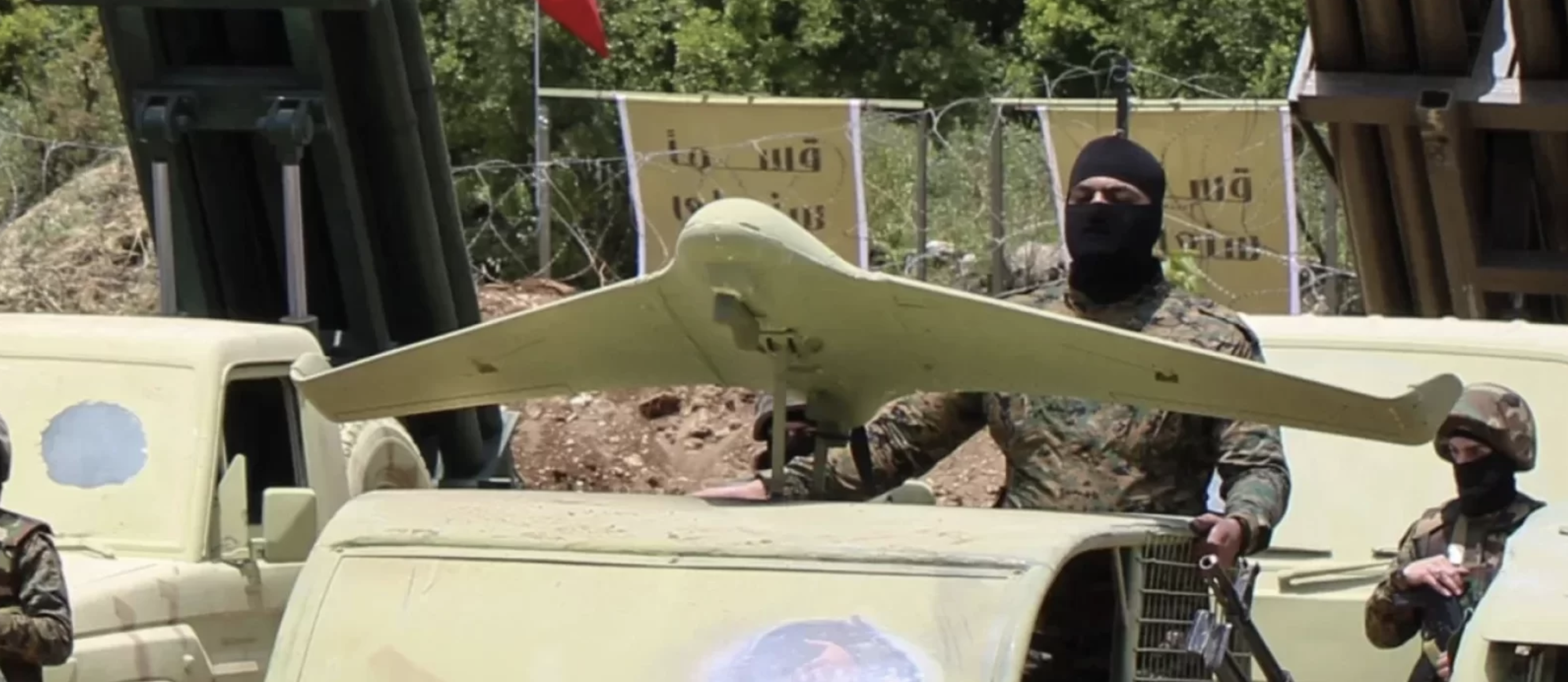
Maintaining Supporters' Loyalty
Hezbollah’s recent conflict with the Israeli Occupation on October 8, 2023—launched in support of Gaza—reshaped both its structure and political influence in Lebanon.
Following a ceasefire deal with “Israel” on November 27, 2024, Hezbollah withdrew from most of its positions in southern Lebanon, retreating to north of the Litani River, about 30 kilometers from the border with occupied Palestine.
As part of the agreement, Hezbollah was also forced to dismantle what remained of its infrastructure in the south, where the Lebanese army has since deployed. The deal included the implementation of UN Resolution 1701, which calls for all weapons to be held solely by the Lebanese state.
Adopted unanimously in 2006, Resolution 1701 aimed to end hostilities between Hezbollah and “Israel.” It called for a permanent ceasefire and the creation of a buffer zone. It also allowed for the expansion of the UN Interim Force in Lebanon (UNIFIL) to up to 15,000 personnel to monitor the ceasefire, support the Lebanese army during Israeli Occupation’s withdrawal, and ensure the safe return of displaced people.
But Hezbollah’s biggest challenge is not just handing over weapons or positions to the Lebanese army—it’s the government's proposal to integrate Hezbollah’s fighters into the national military.
Founded by Iran’s Revolutionary Guard in 1982, Hezbollah has an estimated 100,000 fighters—about the same size as the Lebanese army. Its armed wing remains one of the most controversial and politically sensitive issues in Lebanon, with increasing U.S. pressure to see it disarmed.
While Lebanese officials say the decision to centralize all weapons under state control has been made, they stress that it depends on “appropriate conditions.”
Despite mounting pressure, Hezbollah’s deputy leader, Naim Qassem, said on July 6, 2025, that Israeli threats won’t force the group to surrender. He insisted that “Israel” must first withdraw from occupied territories, halt its aggression and air violations, release detainees, and allow reconstruction.
“Once that happens, we are ready for the second phase—to discuss national security and a defense strategy,” Qassem said.
The term “defense strategy” is often used as a symbolic reference to the role Hezbollah’s weapons would play within the Lebanese state in the future.
Experts say Hezbollah is actively reshaping its image in Lebanon, including overhauling the military and social institutions that sustain its popular support base.
The group considers all of its institutions part of the “resistance,” but it also realizes that efforts to cut off its funding and apply financial and economic pressure are already underway.
This is why Hezbollah is focused on preserving the structure it has built over decades. Observers believe the party sees any weakening of its institutions as a risk to losing grassroots support—either to opposition parties or through voter apathy in future elections.
Especially now, Hezbollah is positioning itself to become a more conventional political party. It is open to the idea of integrating its fighters into the Lebanese military through an institutional process, similar to what happened after the end of the Lebanese civil war.
Sources
- Is Hezbollah Responding to the Barrack Proposal? Restructuring Begins with the Elimination of Wafiq Safa’s Unit! [Arabic]
- Washington Threatens Sanctions if Stalling on Disarmament Continues [Arabic]
- Lebanon’s President: No Turning Back on State Control of Weapons, and Normalization with Israel Not on the Table [Arabic]
- Hezbollah’s Military Capabilities and the Threat It Poses to Israel [Arabic]
- Aoun discusses Lebanon’s challenges with Arab Relations Council Chief


